REVIEW: 2022 Toyota 4Runner TRD Pro
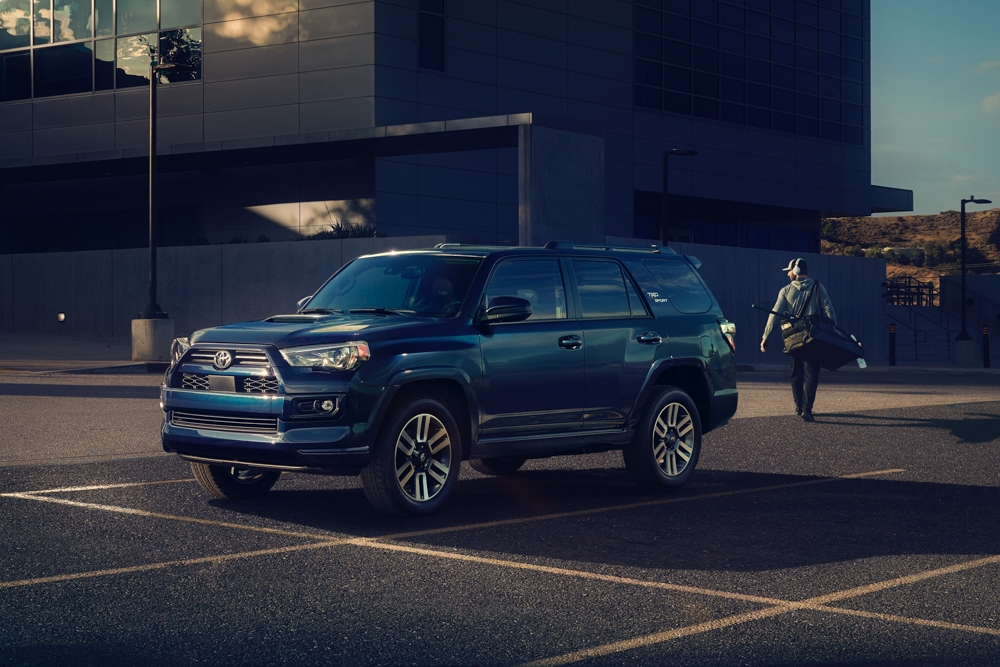
The Toyota 4Runner TRD Sport makes us yearn for TRD of yesteryear.
“You’ve changed…”
It’s a phrase we may say to a once-close friend or relative who’s typical traits are now gone. Maybe it was a smile or a laugh they once had, or a positive energy they used to carry with them. Either way, the things we enjoy are no longer present. So we tell someone “you’ve changed” when we’re concerned about them.
This came to mind when I had the 2022 Toyota 4Runner TRD Sport to test for a week. Now, some high expectations were to be had. Here’s a Toyota with both “TRD” and “sport” in the name. Plus, it’s an all new model for 2022 lineup.
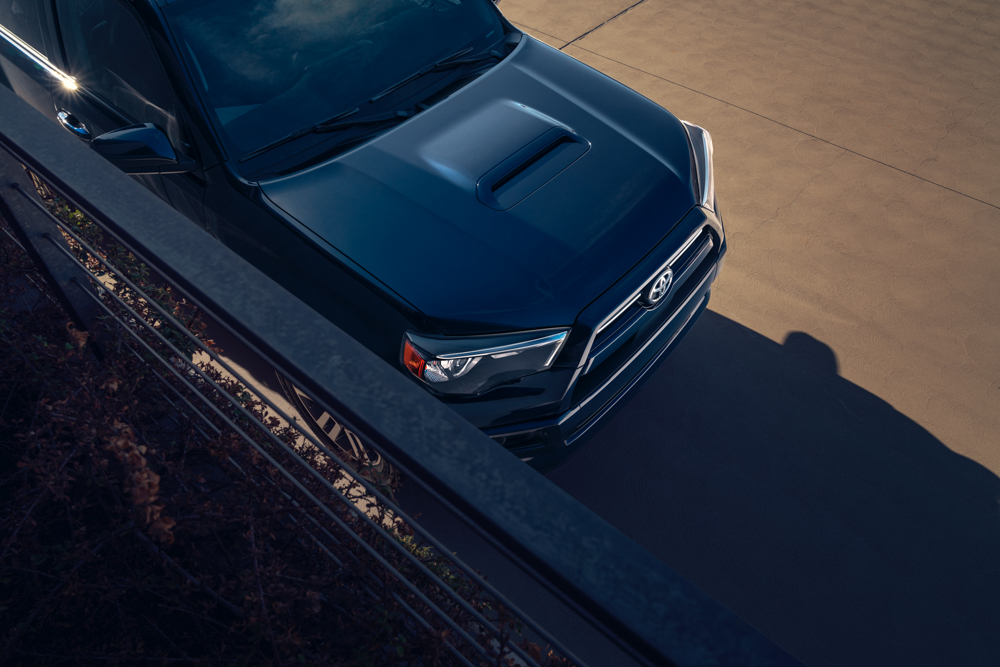
The TRD Sport itself sits just above the base model SR5, and you can almost thin of it as an additional entry level trim. The SR5 is the entry level 4Runner for those looking for an off-roader. The TRD Sport is the entry level 4 Runner for those looking for a more road going SUV. The TRD Sport does carry about $2,000 of extra weight on its price tag, and for that you get SofTex faux leather interior, the ability to add options like blind spot monitoring and cross traffic alerts. And you can get a TRD shift knob. Good value, if you ask us. So how does it work in every day life?
To set the scene, this particular week became a great time to have a large SUV. I had just secured a new space to move my media production and automotive mechanical work under one roof. So Toyota’s 4Runner TRD Sport was my trusty reliable friend for the week. And that aptly fits the description of the SUV in more ways that one. It’s trusty in that the basics of this car have been around for ages. It’s a body on frame SUV and although I didn’t use it off-road like the Tacoma I reviews a week earlier, I also felt no inclination to do so either. Toyota has dedicated off-road versions of the 4Runner, and this isn’t one of them. Instead I used it for hauling some goods to the new workspace.
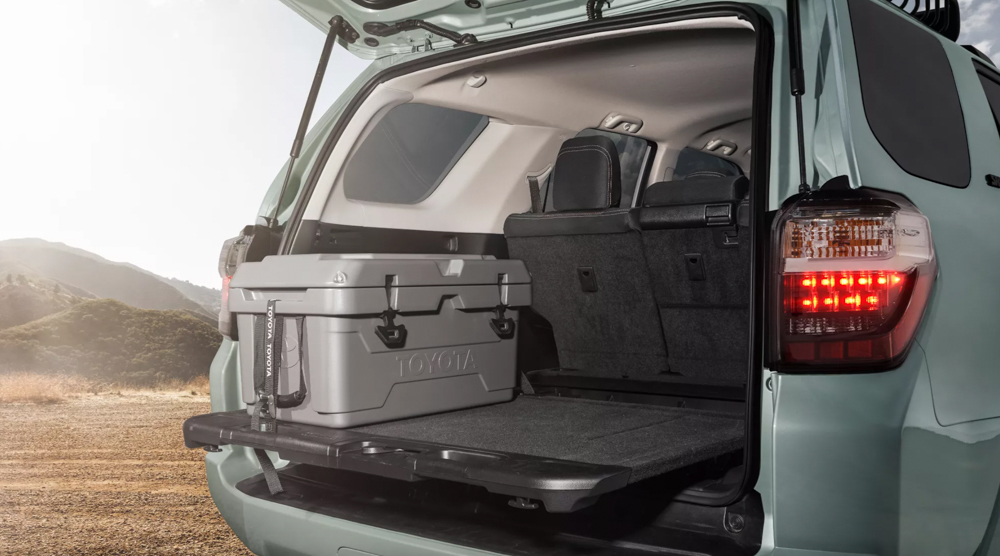
In first went a few tubs filled with spares for my Honda track car. Then a vacuum, then an air compressor. More boxes full of detailing equipment followed. And then some more basic tools were loaded. All of these items were able to fit with ample room, but only after a brief altercation between the back seat headrests and the seat bottom cushions. Tip: Move the front seats forward for peacekeeping if you want to fold the seats.
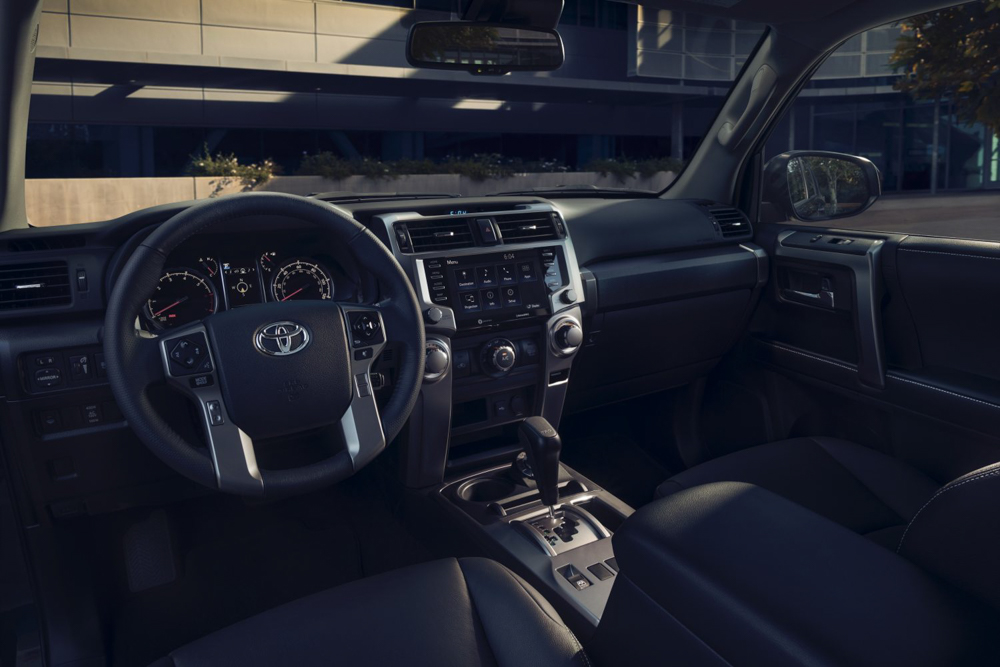
But I don’t want to dive into how nice the cargo area is or how many MPG’s it gets, or how the interior can hold everything you can ask it to and more. Because it does all of that stuff really well. And since the N280 chassis has about the same basic design for over a decade, the interior party tricks are nothing new. But… there’s still the “TRD Sport” sized elephant in the room.
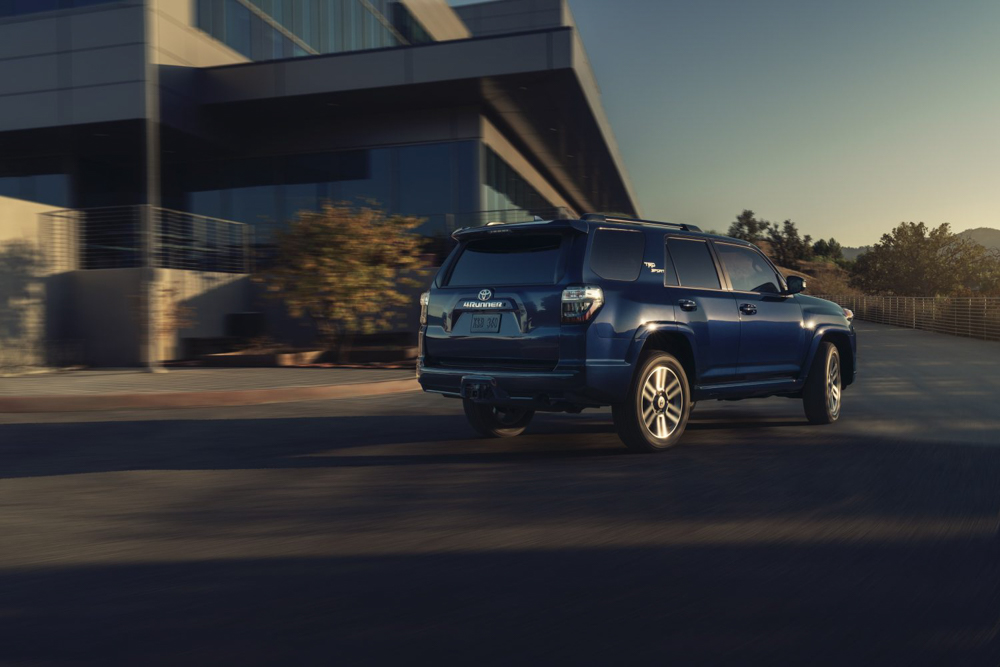
TRD’s Trail Edition package for the 4Runner and Tacoma, for instance, have some impressive add-ons to help achieve off-road prowess. Locking differentials, suspension lift, etc. However, the TRD Sport does nothing to help with on-road prowess. Mechanically, everything on this 4Runner can be found on the 4Runner Limited. That includes the X-REAS suspension. Toyota says X-REAS is tuned for the TRD Sport. But I didn’t detect it. That’s not to say the 4Runner TRD Sport needed rock-hard suspension and had to challenge the Mercedes GLE63 AMG on the track. But from a perspective of driving for fun, it inspires exactly zero emotions. So really, the TRD Sport offers nothing more than larger rims and additional painted exterior bits. Boy, TRD has changed…
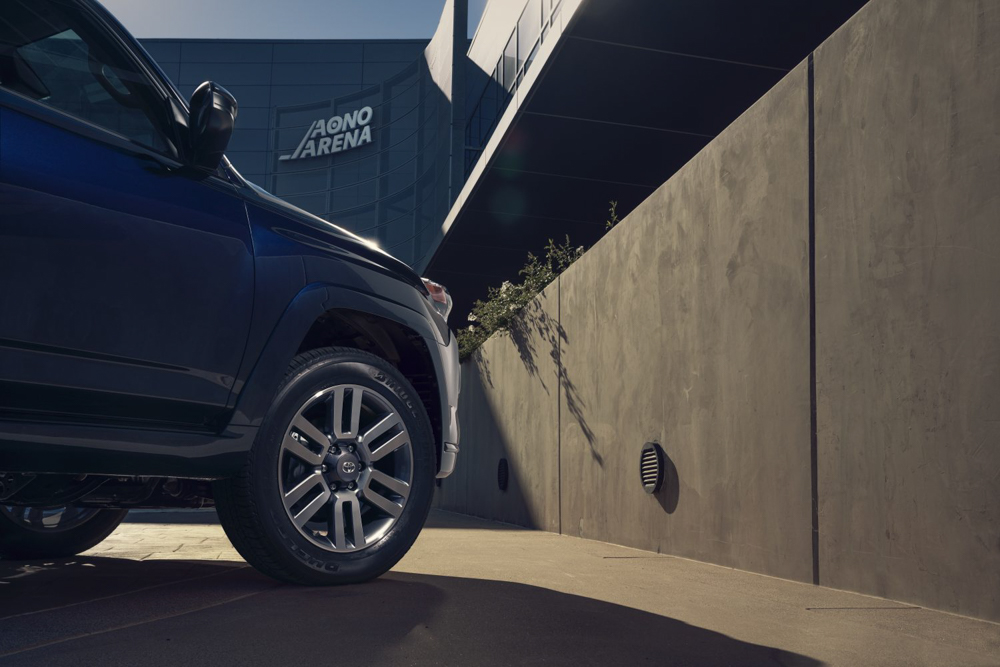
So what would I have liked to see from a TRD Sport 4Runner? Well, it’s based on the platform that the Lexus GX 460 also uses. And the Lexus has room for the 1UR-FE V8. At 4.6 liters, it would give the 4Runner 301 horsepower and 329 lb/ft of torque (and is better than the last 4Runner’s V8. Maybe Toyota would feel really spicy, and cram the 3UR-FE V8 in as well. Giving the 4Runner 381 horsepower and 401 lb/ft of torque. Toyota could even squeeze in their new twin turbo V6 for some added laughs.
If this sounds crazy to you, keep in mind this was the same TRD that made superchargers for the 5.7 V8 Tundra and Sequoia. Motortrend reports these TRD kits from the late 2000’s cranked up the engine output to 504 horsepower and 550 pound feet of torque. But even Toyota acknowledges this shift in a roundabout way. Their best enthusiast models are now designated “GR.” TRD could have been it, but… they’ve changed. And now we get body colored grilles and a fake hood scoop? It’s about as watered down as an M-sport badge on a BMW.
TRD… What happened?
Join the YotaTech forums now!
Photos courtesy of Toyota
